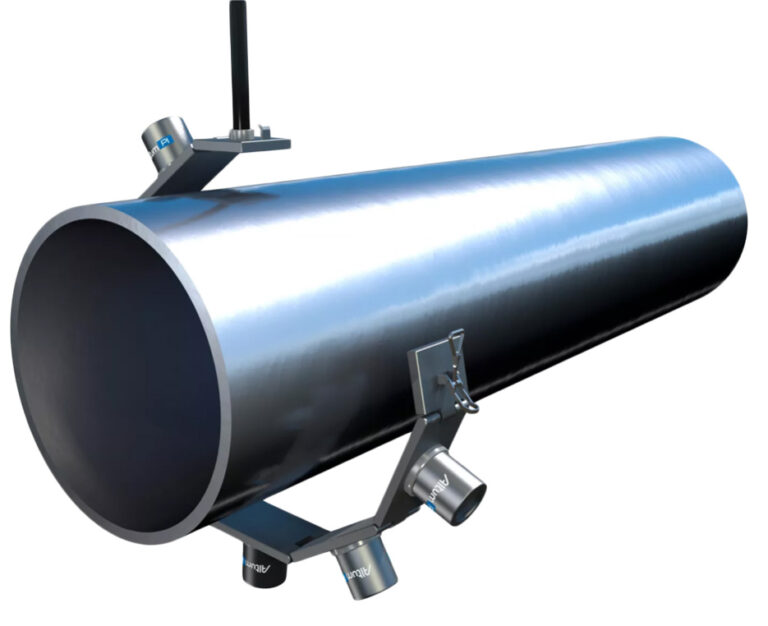Water
Case:
IMPROVING THE DEWATERING PROCESS
SEWAGE TREATMENT COMPANY | FINLAND
By modifying fatty food industry sludge with ultrasound, dry material content was increased by 5 %, which led to significant savings in process and transfer costs.
OBJECTIVE
Sludge, referring to the material generated and removed from wastewater treatment plants, contains approximately 95% water. High water content makes the sludge difficult to handle, which is why this sewage treatment company wanted to try out Altum’s solution.
The objective was to modify fatty food industry sludge with ultrasonic treatment to make the sludge easier to run through the dryer, increase the amount of dry matter in the sludge and to make the reject water from the dryer easier to process.

SOLUTION
This facility employs a belt filter press in its dewatering process. Altum’s multichannel solution was installed on a pipeline before the press to affect the sludge and thus enhance the effect of the belt filter press dewatering. Ultrasound disrupts the extracellular polymeric substances (EPS) that bind water to sediment, thus helping in releasing the water bound into it.
RESULTS
The dry material content was increased by up to 5%: this reduces costs for subsequent processing, as drier materials occupy less space during storage and transfer. Overall, the sludge became easier to run: one clear example of this was how the sludge on the dryer belt was significantly less spread out with ultrasonic treatment. Reject water samples were clearer, containing fewer solid particles.

BENEFITS OF ALTUM'S SOLUTION
